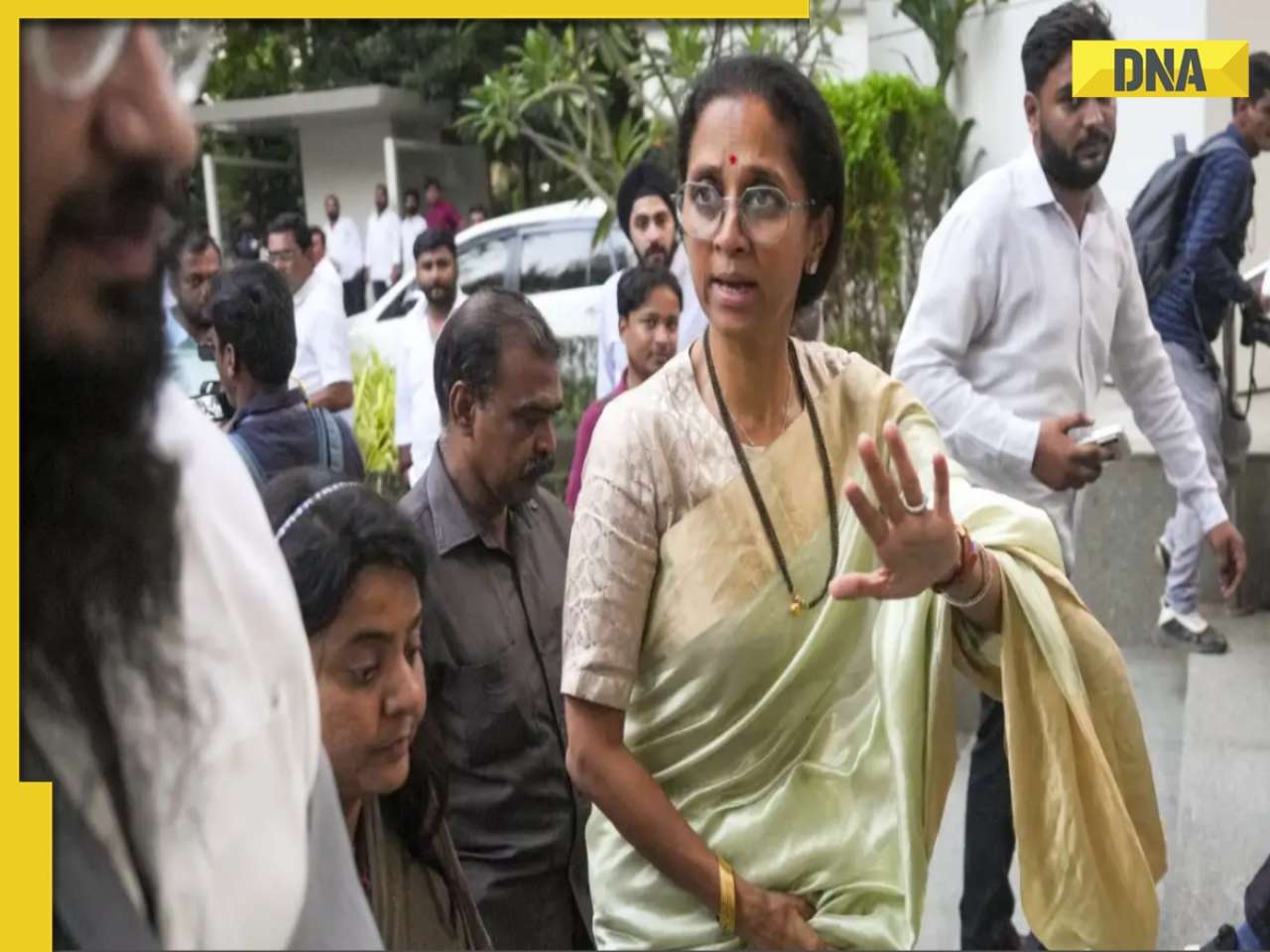- LATEST
- WEBSTORY
- TRENDING
ANALYSIS
Reverse wasteful land deals for real development
While land use change is central to the creation of industrial estates, port complexes, energy projects and transport infrastructure, these areas support a large number of people for food security and traditional occupations
TRENDING NOW
Several ambitious programmes of the government require converting land under fishing, grazing, agriculture or forest use into ‘growth engines’. The 577 projects under the flagship Sagarmala project, highway expansions and opening of new mines will not be on empty lands. These projects are to be realised at a time when fisherfolk are rejecting more commercialisation of the coast, farmers are demanding resolution of the agricultural distress caused by skewed farm policies and gram sabhas (village assemblies) are resisting government approvals to new coal mines.
While land use change is central to the creation of industrial estates, port complexes, energy projects and transport infrastructure, these areas support a large number of people for food security and traditional occupations. Over the years, successive governments have approved through regulation, the conscious, but wasteful transformation of these areas in the name of development. Today, nearly 15,000 projects have been approved by the environment ministry, setting in motion the right of projects to “secure” these areas from other existing uses. In effect, this means that they can be fenced off whether or not the projects finally take off, pending financial or legal tangles.
Extent of decadal land use change in India
Data on land use change for specific purposes is very hard to come by, due to the multiplicity of agencies involved in land governance. A recent report by the Centre for Policy Research studied a total of 2,962 of the total 4,553 projects that were approved under the Environment Impact Assessment (EIA) Notification between 2005-2016. This covers mining, thermal power, river valley projects, infrastructure and those in Coastal Regulation Zone (CRZ) areas, making up for 65 per cent of the total projects approved during this period. The study reveals that nearly 12.4 lakh hectares of land was approved for conversion, averaging 1.25 lakh hectares a year. This includes government and acquired private land.
A large part of this land is non-forest land, which has high human dependence for occupations such as grazing, fishing and agriculture. The total land use change approved for 116 dams and irrigation projects is over three lakh hectares, most of which is non-forest land. Only 51,000 hectares is recorded as forest land in these project documents.
1,881 mining projects approved in this decade cover over 7.3 lakh hectares, 80 per cent of which is non-forest land. Large number of small and medium scale sand, boulder mining on river beds and beaches came under the regulation for the first time during this period. Chhattisgarh, Maharashtra, Madhya Pradesh, Jharkhand, Odisha and Rajasthan have seen the largest amount of land use change, due to major and minor mineral mining.
Irreversible change
Land use change once approved is rarely reversed. There are several recent examples of how state governments and private companies enclose these areas once it is in their possession. A powerful Indian company recently won a case in the Gujarat High Court to not give back the land to the farmers even though the provisions of the 2013 land acquisition law required them to do so. Although the land had not been used for five years, the company said that it was not their fault, but the state government’s, which could not pay compensation to the landowners.
A 2015 article in DNA reveals that 30-50 per cent of private land acquired by state industrial development corporations remained unused and transferred to government land banks. Successive governments in the last few decades have encouraged this practice. They have held acquired private lands till an investment opportunity arose. A 2017 news report in Down to Earth quotes 2013-14 figures of the Department of Public Enterprises (DPE), which says that over 2.35 lakh acres of surplus land is available with 58 underperforming central Public Sector Undertakings (PSU). It shows that in Maharashtra, Andhra Pradesh, UP, Rajasthan and Gujarat, 5,72,793 acres of land was acquired, but 45 per cent was yet to be allotted for any project, as of 2017.
Wasteful occupation
This decadal land use story points to the pressure from development projects on private and government non-forest land. Forest land use in the approvals during this period were contained by policy shake-ups from the coal gate judgement and the Shah Commission report on iron ore mining. This period also saw the enactment of the Forest Rights Act that has altered the process of forest land use for projects.
Government and corporate occupation of private land obtained through land acquisition does not lead to development. So, there is a real need to exercise the clauses for revocation of projects and return of land. This is not only a just way of dealing with land conflicts, but it is also necessary to make opportunities and resources available for meaningful development.
The authors are with the CPR-Namati Environmental Justice Program. Views are personal.







)





























































